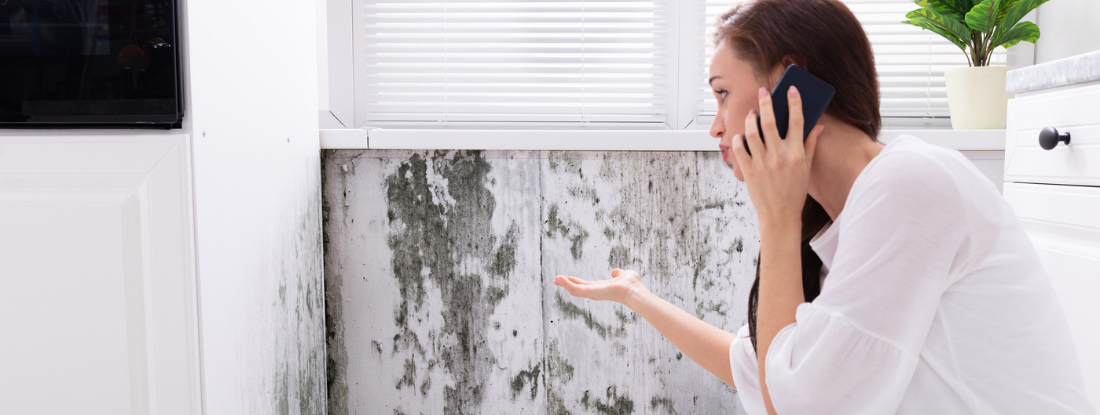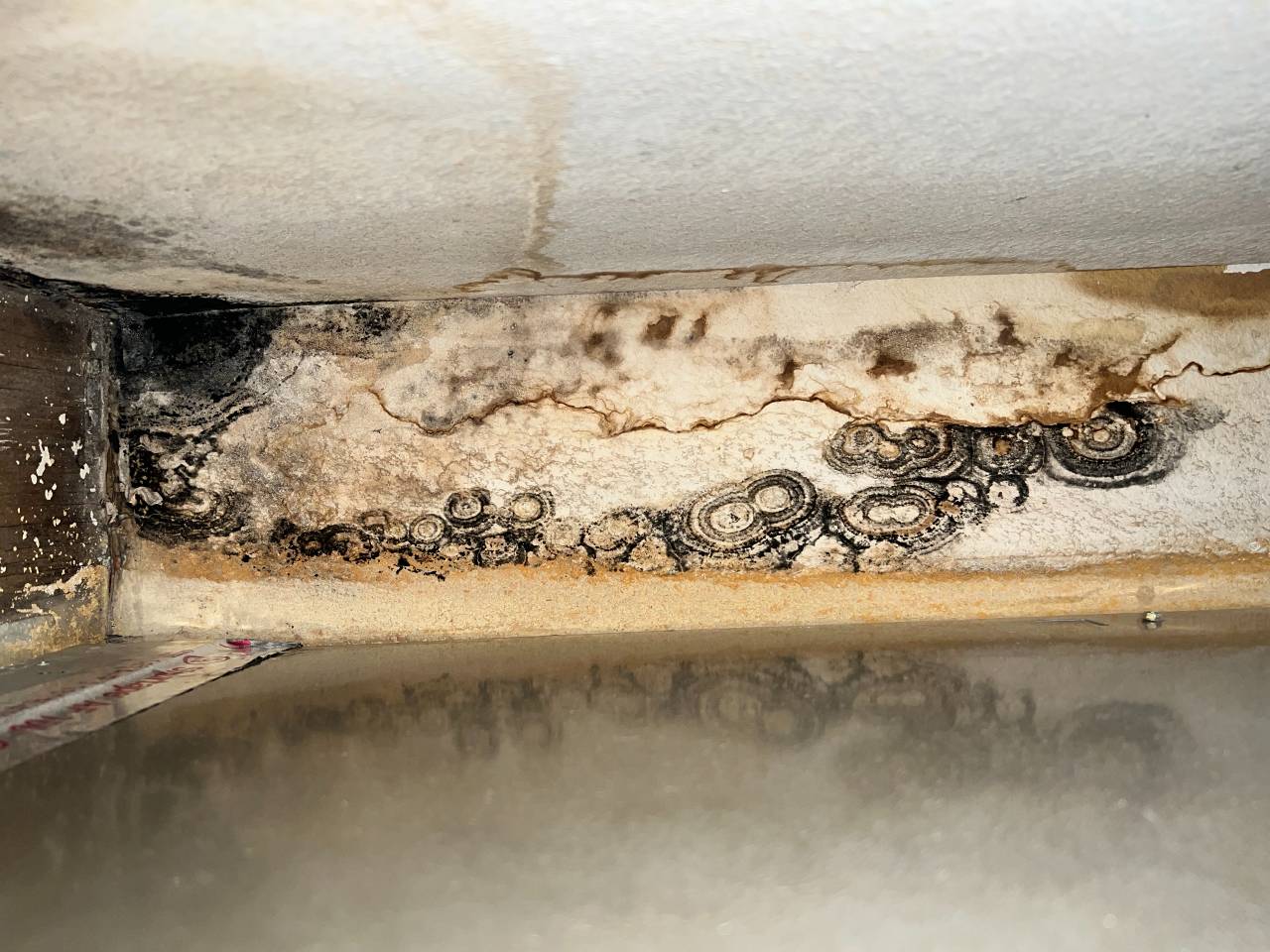Testing Air Quality After Mold Remediation
Testing Air Quality After Mold Remediation
Blog Article
Your Ultimate Guide to Article Mold Removal Techniques
Browsing the realm of post-mold remediation techniques is a thorough process that requires focus to detail and an extensive understanding of the intricacies included. In the after-effects of mold and mildew infestation, recognizing exactly how to efficiently eradicate the mold and mildew and avoid its reoccurrence is critical for keeping a healthy interior setting. From selecting the appropriate cleansing and disinfecting methods to implementing approaches for long-lasting mold avoidance, each action in the remediation journey plays an essential function in making certain an effective end result. As we start this exploration of post-mold remediation techniques, we will uncover the vital techniques and best techniques that can help you restore your area to its pre-mold condition and protect it against future mold and mildew hazards.
Comprehending Post-Mold Remediation Refine
After completing the mold remediation procedure, it is essential to comprehend the post-mold remediation strategies that are essential to make sure a efficient and thorough clean-up. Once the mold and mildew has actually been gotten rid of, the next action entails cleansing and sanitizing the impacted areas to avoid any regrowth of mold and mildew. This consists of utilizing specialized cleaning representatives to clean down surface areas and kill any continuing to be mold spores. It is important to dry the location totally to prevent the development of mold and mildew in the future (Post Mold Remediation Report). Proper ventilation and dehumidification can assist in this process.
Additionally, conducting a final inspection post-remediation is important to make certain that all mold has been effectively gotten rid of. This evaluation should include a comprehensive aesthetic check in addition to possibly air sampling to confirm the lack of mold spores in the air. Additional remediation may be necessary if the evaluation exposes any type of sticking around mold. Enlightening passengers on preventative actions such as managing dampness levels and immediately dealing with any type of water leakages can aid maintain a mold-free atmosphere.
Effective Cleaning Up and Disinfecting Methods

Preventing Future Mold Development

Significance of Proper Ventilation
Proper air flow plays a crucial duty in preventing wetness accumulation, a key consider mold development within interior atmospheres. Effective air flow systems help eliminate excess moisture from the air, reducing the possibilities of mold spores discovering the wetness they require to spread and germinate. Without appropriate air flow, indoor areas can come to be a reproduction ground for mold and mildew, leading to potential health and wellness risks and structural damage.
By ensuring correct air circulation, ventilation systems can also assist in drying damp areas faster after water damages or flooding occurrences, additionally hindering This Site mold and mildew development. Post Mold Remediation. In rooms like washrooms, cellars, kitchen areas, and attic rooms where wetness levels have a tendency to be higher, mounting and preserving effective air flow systems is essential in preventing mold and mildew infestations

Monitoring and Maintenance Tips
Given the important duty that proper air flow plays in stopping mold growth, it is vital to develop efficient monitoring and maintenance suggestions to make sure the ongoing functionality of ventilation systems. Monitoring humidity levels within the residential or commercial property is also critical, as high moisture can contribute to mold and mildew development. By remaining alert and positive to the problem of ventilation systems, residential or commercial property proprietors can effectively alleviate the danger of mold and mildew regrowth and keep a healthy and balanced indoor setting.
Conclusion
In verdict, post-mold removal strategies are crucial for guaranteeing a clean and secure atmosphere. Comprehending the process, my website applying reliable cleaning and decontaminating approaches, preventing future mold growth, maintaining correct ventilation, and regular tracking are all crucial actions in the removal procedure. By following these guidelines, you can effectively eliminate mold and mildew and stop its return, working or promoting a healthy living area for all occupants.
In the after-effects of mold problem, knowing how to properly get rid of the mold and mildew and avoid its reoccurrence is critical for keeping a healthy and balanced indoor environment. Once the mold has been removed, the following action entails cleansing and sanitizing the impacted areas to avoid any kind of regrowth of mold and mildew - Post Remediation Inspection near me. After eliminating visible mold and mildew growth, it is important to clean all surfaces in the afflicted location to eliminate any continuing to be mold and mildew spores. To better enhance mold and mildew prevention actions, it is necessary to address underlying problems that at first led to mold development.Provided the important duty that proper ventilation plays in stopping mold growth, it is important to develop reliable tracking and maintenance suggestions to make sure the ongoing capability of air flow systems
Report this page